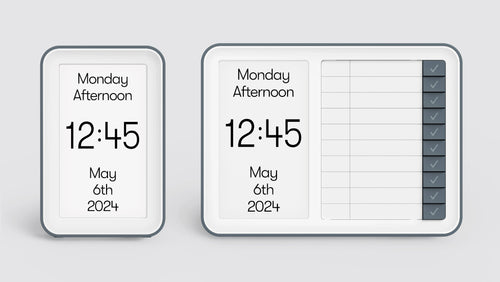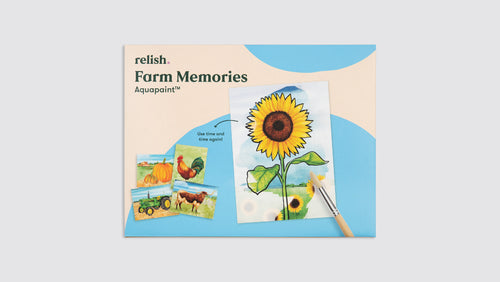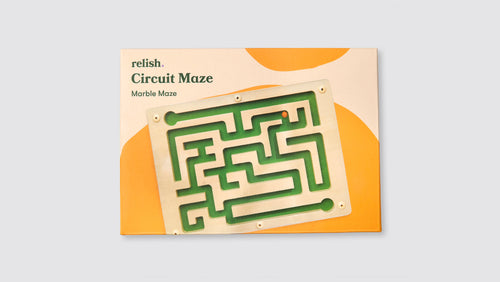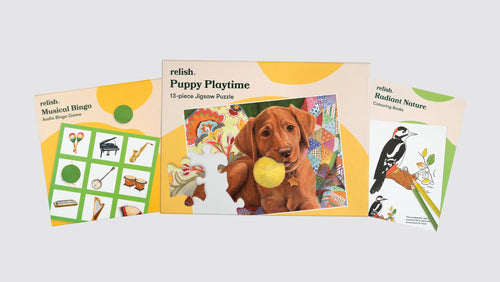What you need
Intro
Our lives have many soundtracks – from Happy Birthday and hymns, to cheesy TV jingles and hits from the charts
Music a wonderful tonic for people entering the later stages of their dementia journey – especially if they have trouble verbally communicating or even singing along. It can spark joy and help trigger memories, even if they can’t communicate them
This activity is all about bringing the magic of music to someone’s ears, but instead of hearing it through a speaker – you’re going to sing to them. But not just any old song, you’ll need to do your homework to find the songs that will make them smile the most












